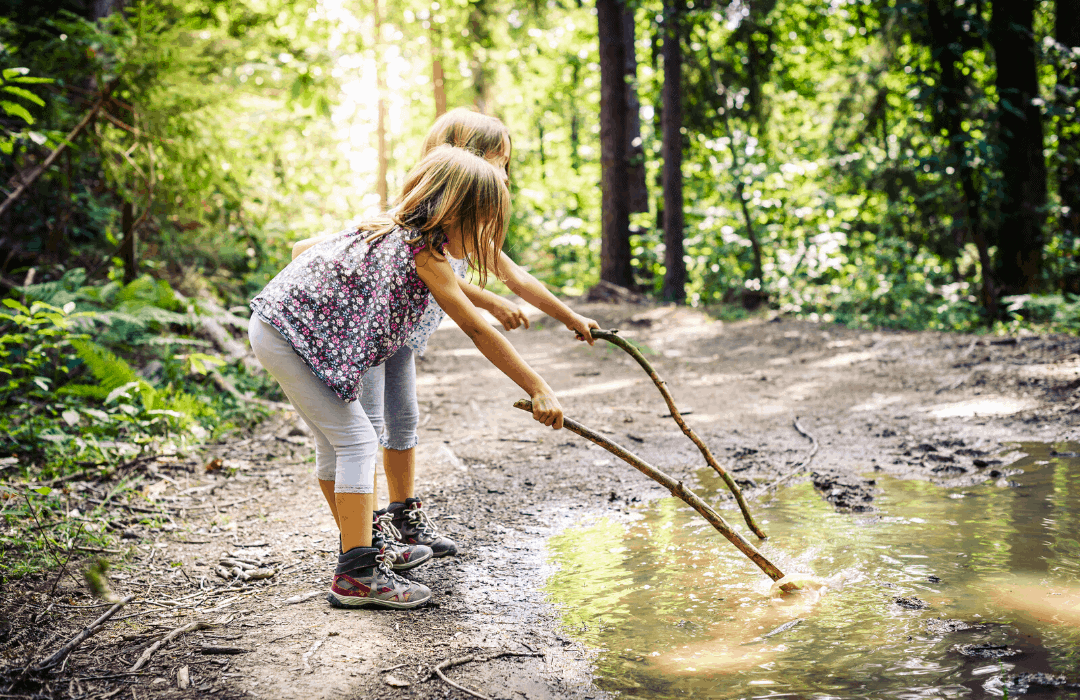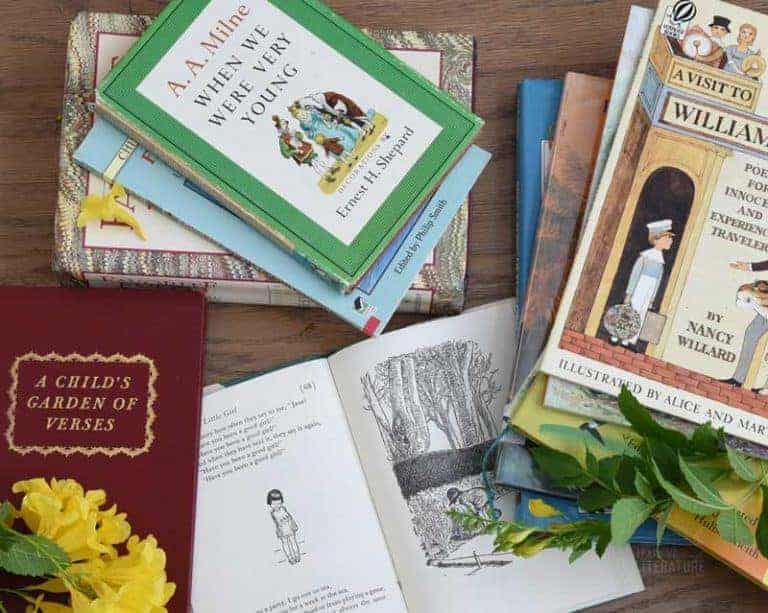Peaceful Daily Rhythm for Homeschool Families
This post may contain affiliate links which won’t change your price but will share a commission.
Sometimes it’s not easy homeschooling for days on end. Routines get stale, and motivation wanes. What you need is a plan of action…or, rather, a plan of distrACTION. Ideas to keep everyone occupied and calm.
But NOT a rigid schedule, y’all. Sorry, but the color-coded, hour-by-hour schedules have got to go. They even stress us out! Take a breath and let those expectations go.
So how do you fit it all in and make sure you’re doing enough without feeling overwhelmed?
You need a simple, peaceful rhythm for your day. A dash of structure, lots of fun, and plenty of learning along the way. Mix and repeat.
Breathing Through Your Day
We’ve got a simple daily rhythm that doesn’t involve a spreadsheet. It’s as simple as breathing in and out through your day.
Sometimes you breathe in (and receive information or other input), other times you breathe out (and interact outwardly with things around you).
These are flexible ideas that allow for freedom…with just enough structure to keep everyone from going bonkers. (FYI…we didn’t add mealtimes because you know best where to work that in.)

1. Read together. (Breathe In)
Breathe in. Start your day by coming together for read-aloud time. Maybe it’s a chapter book you’re five chapters into already, or maybe it’s a stack of favorite picture books. Maybe it’s both.
If your kids have a hard time sitting still, here are some calm ways to occupy wiggly bodies while listening.
If you’re stuck thinking of what to read next, here’s a categorized book list to search by age, topic, etc.
Whatever you read, just do it together. Take that big, peaceful breath and connect at the beginning to set the tone for the rest of the day.

2. Be in nature. (Breathe Out)
Breathe out. Head outside and interact with nature. Go on a walk for exercise. Notice small details. Marvel at clouds. Looks for birds. Lean down to admire a wildflower. Work in your garden, if you have one. If not, plant something and tend to it each day. Take in the beauty of simple things and participate in nature.
This one can seem tricky if you’re in an urban area without a backyard. But you have windows and a front door that open to the outdoors. You may even have a balcony. Throw open a window and interact. Plant something in a pot and tend to it.
There are so many benefits of taking time to study nature closely and feeling like you’re a part of it. Start looking!

3. Explore a topic. (Breathe In)
Breathe in. Time to explore something new together. Look up facts about an animal. Learn about a country’s culture. Try a science experiment and study the results. Explore information about what you saw when you went outside on a nature walk.
You might choose to loop through specific topics each week (Mon/science, Tues/geography, etc.) to make sure you touch on particular subjects. However, be sure to encourage curiosity and exploration by not making this a checklist of tasks to accomplish,
The goal is to stimulate the mind with new information. If the topic branches off to another, follow that lead! Allow for new connections and cross-overs on topics. Chase down whatever spark ignites your child’s interest.

4. Get creative. (Breathe Out)
Breathe out. Set aside time for creative output. Set out craft supplies and let creative juices run wild. Sketch, doodle, or paint. Follow along with a “how to draw” video of a favorite animal.
Set up building challenge for LEGO or wooden blocks. Don’t be afraid to get messy. Use that glitter in the back of the craft drawer. Turn on the hose and make mudpies. Get your hands and knees chalky with sidewalk chalk art projects.
Think up a story and write it down. Create illustrations or think of a new ending for a book you’ve read. Download and play our free Storybook Bingo with reading-inspired activity ideas to encourage creativity.
This is time for imaginations to stretch and grow!

5. Quiet the body and challenge the mind. (Breathe In)
Breathe in. Slow down activity, and exercise the mind and critical thinking skills. Less output, more mental stimulation.
Complete a puzzle. Study a piece of art and notice details. Play a card game or dice game that uses math skills. Trace sentences for handwriting practice (cursive, especially). Listen to classical music and describe it. Build something from instructions.
Or this can be a perfect part of your day for “quiet time” because everyone needs a little space each day. If your child can read, set aside this time for independent reading. If not, turn on an audio book to listen to while working on a quiet activity.
Poetry is a great way to stretch a child’s mind and stimulate new mental connections. Read poems together and work on memorizing one as a family.
Whatever you choose during this part of the day, the goal is to slow bodies and engage minds.
6. End with connection. (Breathe Out)
Breathe out. End your day with a time to interact and connect. Release whatever frustrations or unmet expectations arose during the day, and just be together. Cuddle up and discuss your favorite parts of the day. What’s something new you learned or experienced? What could you explore tomorrow?
A little bedtime read-aloud never hurts, too.

We hope this example of daily rhythm helps bring peaceful, gentle structure to your homeschool days together. Allow flexibility as you settle into a new routine, and adjust as needed. Above all, you can’t go wrong when connection is the goal!








I love this, thank you! Where would you suggest reading instruction and math? I’m really struggling getting my kids to want to do any school this year and am feeling very frustrated at this point. I’ve been trying to just get in Logic of English and our Math because I can’t seem to get them to sit still and pay attention any longer than that. And that’s giving them a break in between and going for a walk before any of that.
We’re glad you enjoyed this! We recommend tackling skill subjects, such as math and language arts, after creative times or activity, as you mentioned. However, sometimes it can be hard to wrangle everyone back to seated concentration after activity or extended breaks. The “breathing out” times of creativity and activity don’t need to be unstructured. Nature walks can include purposeful noticing or identifying, and craft times can be somewhat directed. Flowing well from one thing to the next takes intentionality and patient habit building over time. One idea is to play a specific song to signal when it’s time to transition, or you could pair those subjects with something enjoyable like lighting a candle and enjoying a small snack. Above all, short, focused lessons that build these skills over time are key!
Awesome, thank you!
It’s our pleasure!
Great idea!